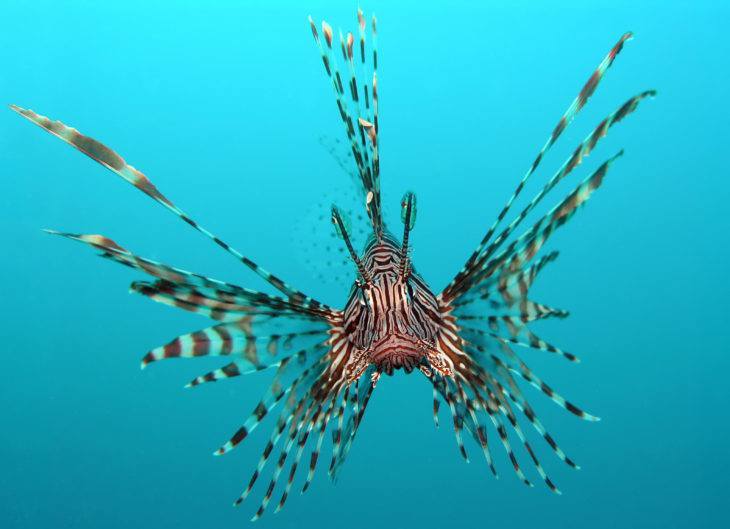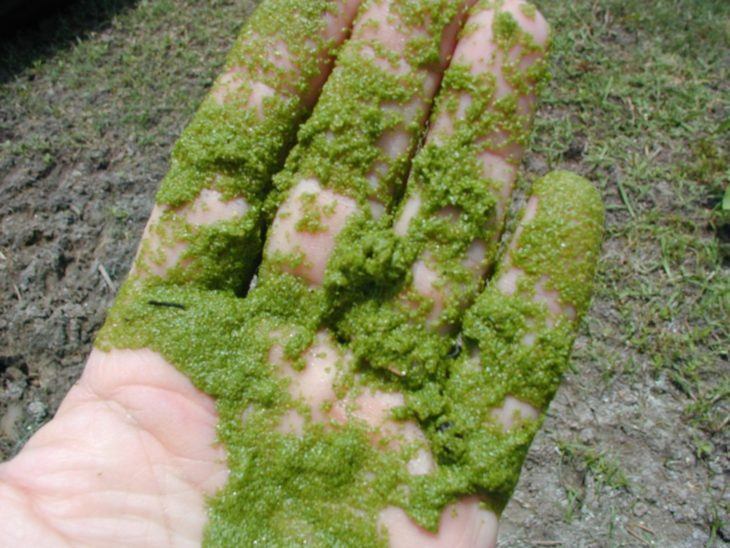Can Eating Crickets Solve Two Sustainability Issues at Once?
Finland has approved bread made from cricket flour to sell in supermarkets. Before you say ewww or gross, think about it for a minute. We live on a rapidly changing planet with an increasing number of people, and we need food. Our current system is flawed and overwhelmed, and easily manufactured alternatives to resource hungry, unhealthy factory farmed meat are desperately needed. Are crickets a healthy, sustainable, and most importantly palatable alternative to our current problematic proteins?
Healthy Protein
When it comes down to the numbers, crickets are a nutritional powerhouse. A serving of cricket flour provides more than twice the protein of a steak, contains almost a fifth of the daily recommended value of B12, and is rich in calcium and iron. Whole crickets have the additional benefit of chitin, their exoskeleton. The chitin is a prebiotic, benefiting already existing good bacteria. They also offer a high-protein, gluten-free flour substitute. The image above is pasta made with cricket flower.
Sustainability
Here is where the debate about how beneficial crickets actually are gets interesting. Crickets need less water, space, and food than any of the animals we currently farm for food. They are also able to eat a more varied diet and lead to decreased rates of methane gases, deforestation, and toxic animal waste. The bugs also convert what they eat to an edible product 12 times more efficiently than cows and twice as efficiently as chickens. But if crickets farmers are looking only for efficiency, they are missing a chance to achieve a higher level of sustainability with their product.
For crickets to reach the size required for harvest in the shortest period of time, they need to be fed a grain diet. But this is problematic, as all it does is repeat the same cow, pig, and chicken system that isn’t sustainable. With a different diet of food waste, cricket production is only slightly more efficient than chicken farming. Yet Americans throw away a full third of all food grown in the country. The most exciting possibility here is that crickets farmed correctly have the ability to ameliorate two serious issues facing the world – hunger and food waste.
The -Ick Factor
Many information sources on crickets and other edible bugs used to focus on whether or not anyone would eat them. As of 2017, that ship has sailed, and articles now focus on what’s going to win the new food race – bugs or lab meat. Never mind that bugs have and still are eaten by more than 2 billion people worldwide on a daily basis.
Americans and much of the food popularized here is easy, aesthetically pleasing food. A chicken is no longer comprised of bones and tendons and skin. It comes pale and perfected wrapped in plastic or processed and put back together in a nugget shape. We become so accustomed to fruit or vegetables in a single form that anything that deviates from that is treated as an absurdity.
But this is exactly why we should be eating crickets. Where before bugs required a strong stomach and a minimal gag reflex, they are now an easy food. Like milkshakes? There’s a fast food chain that offered one with crickets. Finland is offering bread at the supermarket. Multiple companies offer a cricket protein powder for smoothies or various cricket snacks for a boost during the day.
Get in The Game
People in the tropics are more likely to consume bugs, as the colder Northern weather makes it difficult for a population to depend on bugs as a food source. Good news, it’s getting warmer!
All (not funny) kidding aside, crickets have the potential to feed the world. We have the opportunity to steer the production of a potentially major part of the food supply. Give crickets a try, and see if you can surprise yourself. But most importantly, be picky about the quality of crickets you consume. We’ve already seen where the factory farming model takes us. Let’s learn something from it.
What are your thoughts? Would you eat food with crickets as an ingredient? What could go wrong?
Sources:
- Bread made of insects to be sold in Finnish supermarkets – AP News
- Cricket Flour Has 3x More Protein Than Steak + It Even Tastes Good – Dr. Axe
- Five Reasons to Eat Crickets – Huffington Post
- You’re going to be eating crickets, so just get over it – CNET
- Eating Insects Isn’t as Eco-Friendly As People Say – Time
- Half of all US food produce is thrown away, new research suggests – The Guardian

